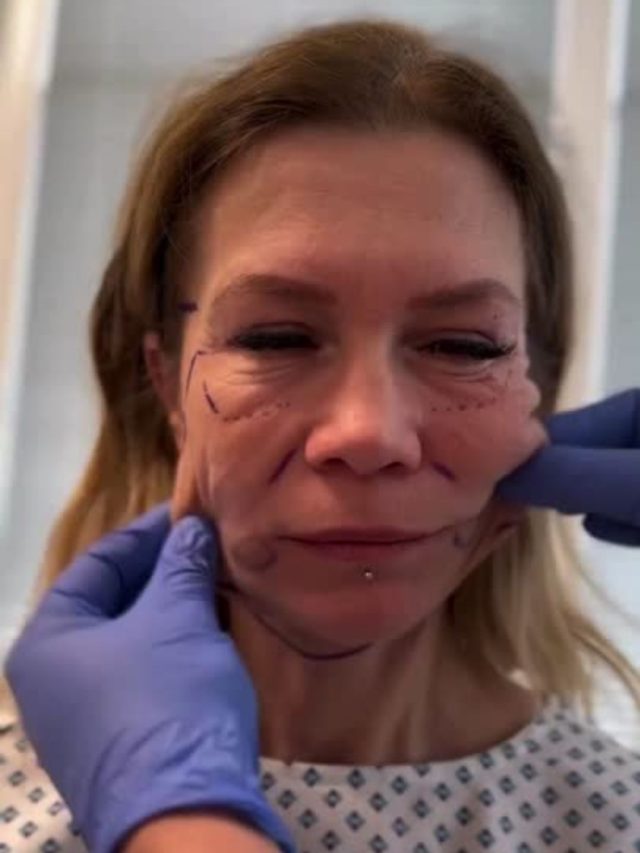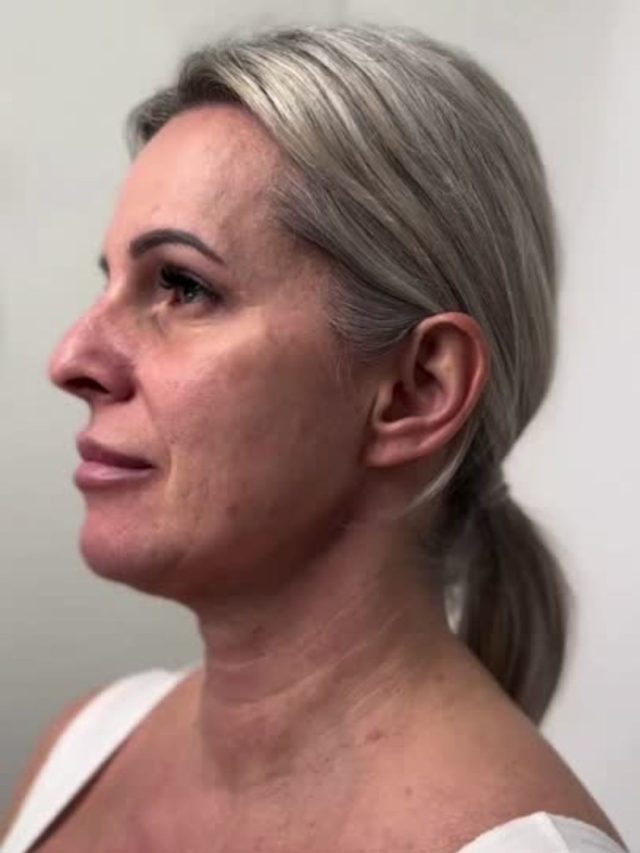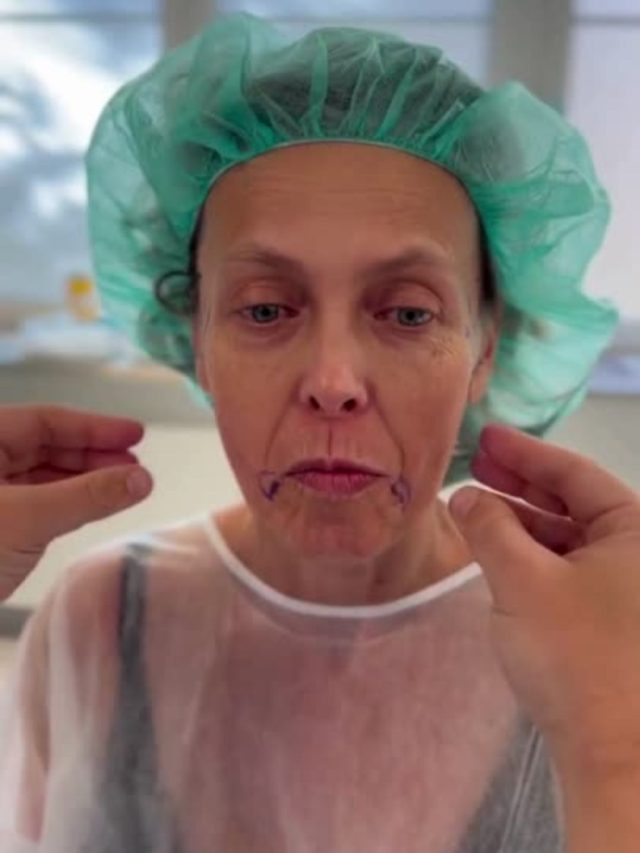Face Fat Injection in Turkey
Face fat injection in Turkey offers an effective and cost-efficient way to rejuvenate your appearance with natural-looking results. By understanding the procedure, recovery process, and costs involved, you can make an informed decision and enjoy the benefits of this transformative treatment.
Face Fat Injection in Turkey: A Comprehensive Guide
Face fat injection, or fat grafting, is a popular cosmetic procedure designed to restore facial volume, smooth out wrinkles, and enhance overall facial contours. Turkey has emerged as a top destination for this treatment due to its advanced medical technology, skilled surgeons, and competitive pricing.

Face Fat Injection: Everything You Need to Know
Face fat injection, also known as fat grafting or autologous fat transfer, is a popular cosmetic procedure designed to enhance facial volume and achieve a youthful appearance. This procedure involves using fat from one part of your body and injecting it into specific areas of your face to restore volume and improve contours. Here’s a comprehensive guide to understanding face fat injection.
What is Face Fat Injection?
Face fat injection is a cosmetic technique where fat is harvested from one area of your body and injected into targeted areas of your face. The primary goals of the procedure include:
- Restoring Facial Volume: Adds fullness to areas that may have lost volume due to aging or genetics, such as the cheeks, under-eye areas, and lips.
- Improving Facial Contours: Enhances facial contours and smooths out depressions or wrinkles.
- Achieving a Youthful Appearance: Provides a natural and youthful look by replenishing facial fat that diminishes with age.
How Does the Procedure Work?
Consultation and Planning:
- Initial Consultation: Your journey begins with a consultation where you discuss your aesthetic goals, medical history, and any concerns with your surgeon. This helps determine the best approach for your fat injection.
- Pre-Operative Assessment: The surgeon will assess areas for fat harvesting and injection, discuss the procedure, and explain what you can expect.
The Procedure:
- Anesthesia: The procedure is typically performed under local anesthesia with sedation or general anesthesia, depending on the extent of the treatment.
- Fat Harvesting: Fat is removed from a donor area using liposuction. Common donor sites include the abdomen, thighs, or buttocks.
- Fat Preparation: The harvested fat is processed and purified to prepare it for injection.
- Injection: The purified fat is then carefully injected into the targeted facial areas using fine needles.
Duration:
- Procedure Time: The entire procedure usually takes between 2 to 4 hours, depending on the complexity and the number of areas treated.
Benefits of Face Fat Injection
Natural Results:
- Autologous Material: Using your own fat ensures that the results look natural and minimizes the risk of allergic reactions or rejection.
Minimal Scarring:
- Small Incisions: The incisions made during fat harvesting are small and generally well-hidden, resulting in minimal scarring.
Long-Lasting Effects:
- Durable Volume: The volume enhancement provided by fat grafting can last several years, though some fat may be reabsorbed over time.
Dual Benefits:
- Body Contouring: The liposuction component of the procedure also helps contour the donor area, offering additional aesthetic benefits.
What to Expect During Recovery
Immediate Post-Op:
- Swelling and Bruising: You may experience swelling and bruising in both the donor and recipient areas. This is normal and should improve over time.
- Discomfort: Mild discomfort is common and can be managed with prescribed pain medication and over-the-counter remedies.
Early Recovery:
- Activity Restrictions: It’s important to avoid strenuous activities and follow your surgeon’s post-operative care instructions.
- Healing: Swelling typically starts to decrease within the first week. Most patients can resume light activities after about 7 to 10 days.
Long-Term Care:
- Follow-Up Visits: Attend all scheduled follow-up appointments to monitor your progress and ensure proper healing.
- Final Results: Full results are usually visible within 3 to 6 months as the fat settles and integrates into the facial tissue.
Average Cost of Face Fat Injection in Turkey
The cost of face fat injection in Turkey generally ranges from $2,500 to $3,500.
Cost Comparison
Comparing the cost of face fat injection in Turkey with other countries:
- United States: $5,000 to $12,000
- United Kingdom: $6,000 to $10,000
- Canada: $5,000 to $8,000
Turkey offers a significant cost advantage while maintaining high standards of care and quality, making it an attractive destination for cosmetic procedures.
Face fat injection in Turkey offers an opportunity to achieve your aesthetic goals at a more affordable cost compared to many other countries. By understanding the various factors that affect the price and planning accordingly, you can make an informed decision and enjoy the benefits of this effective cosmetic procedure.
Frequently Asked Questions
What is Face Fat Injection?
Face Fat Injection, also known as fat grafting or fat transfer, is a cosmetic procedure that involves transferring fat from one part of the body (like the abdomen or thighs) to the face to restore volume, reduce wrinkles, or enhance facial contours.
Why Choose Turkey for Face Fat Injection?
Turkey is a popular destination for cosmetic surgery due to:
- Highly qualified plastic surgeons with international training.
- Affordable costs compared to countries like the U.S. or the U.K.
- State-of-the-art clinics and hospitals.
- Beautiful locations for recovery and tourism.
What Areas of the Face Can Be Treated?
Common areas include:
- Cheeks
- Under-eye area (tear troughs)
- Lips
- Nasolabial folds (laugh lines)
- Chin and jawline
How is the Procedure Performed?
- Fat Harvesting: Fat is extracted from areas like the abdomen or thighs using liposuction.
- Purification: The fat is processed and purified to ensure only healthy fat cells are used.
- Injection: The fat is carefully injected into the desired areas of the face to achieve natural-looking results.
What is the Recovery Time?
- Initial swelling and bruising can last 1-2 weeks.
- Full results are usually visible within 3-6 months as the fat integrates into the tissues.
- Most patients can return to normal activities within a few days, though strenuous activities should be avoided for 2-3 weeks.
Are the Results Permanent?
Results can be long-lasting, but the body may absorb some of the transferred fat over time. Surgeons often inject more fat than necessary to account for this. A small touch-up procedure may be required in the future for optimal results.
Who is a Good Candidate?
Good candidates for fat injection:
- Want to restore volume to the face or smooth wrinkles.
- Have enough donor fat in other areas of the body.
- Are in good health and have realistic expectations.
What is the Cost of Face Fat Injection in Turkey?
The cost varies depending on the clinic, surgeon, and complexity of the procedure. On average, prices range between $1,500 and $4,000. This is typically more affordable compared to countries in Western Europe and North America.
Are There Risks or Side Effects?
Like any surgical procedure, there are potential risks, including:
- Swelling and bruising
- Infection
- Fat absorption, which may require touch-ups
- Asymmetry if fat distribution isn’t even
How to Choose the Right Surgeon in Turkey?
- Check the surgeon’s qualifications, experience, and specialization in fat transfer.
- Read reviews and testimonials from previous patients.
- Ensure the clinic is accredited and follows international safety standards.
How Long Does the Procedure Take?
The procedure usually lasts between 1-2 hours depending on the extent of fat transfer required.
Is Face Fat Injection Painful?
Most patients report minimal discomfort. Local anesthesia or light sedation is commonly used. Post-surgery pain is generally mild and can be managed with over-the-counter pain relievers.
Can the Injected Fat Be Reabsorbed by the Body?
Yes, some of the transferred fat can be reabsorbed. Surgeons often overfill slightly to account for this natural absorption.
How to Prepare for the Procedure?
- Stop smoking several weeks before surgery to promote better healing.
- Avoid certain medications and supplements that can increase bleeding.
- Follow any specific pre-op instructions from your surgeon.
What Aftercare is Required?
- Avoid strenuous activities for the first few weeks.
- Use cold compresses to reduce swelling.
- Follow your surgeon’s guidelines regarding skincare and medications.
Are There Alternative Treatments to Fat Injection?
Other volume-enhancing procedures include:
- Dermal fillers (e.g., hyaluronic acid)
- Thread lifts
- Surgical facelifts for more dramatic changes













